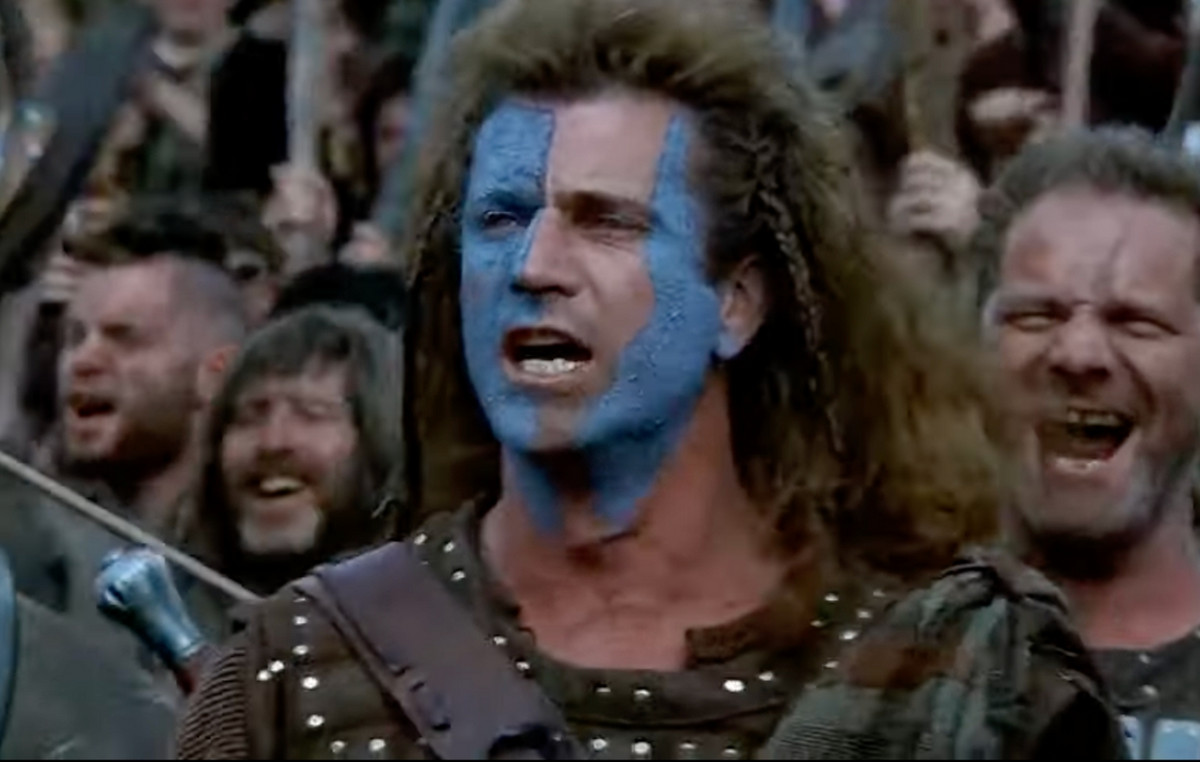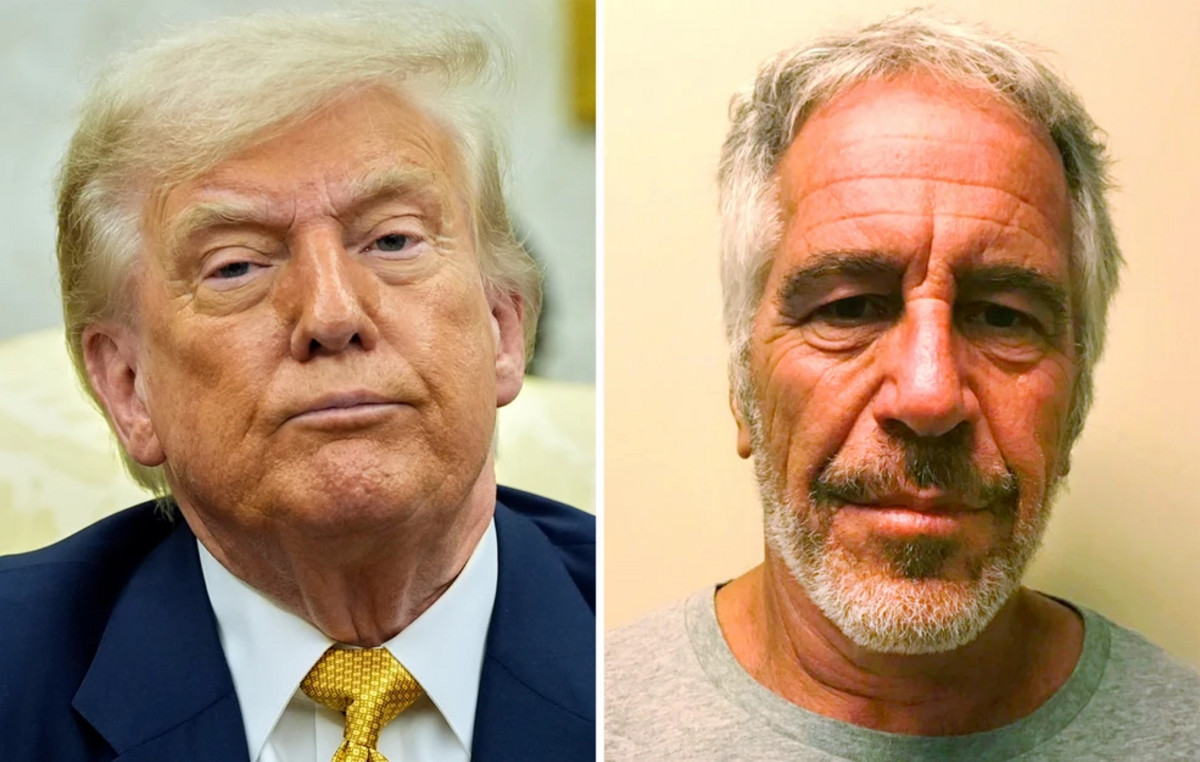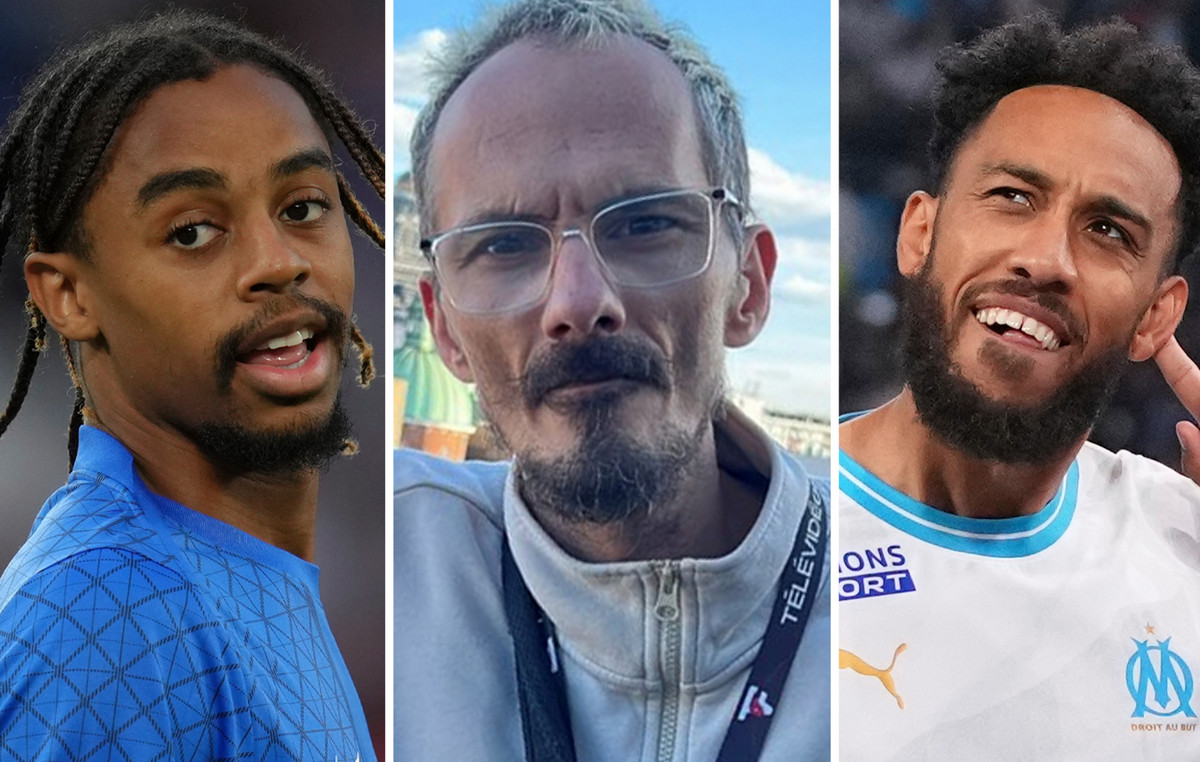World Cerebral Palsy Day is celebrated this Thursday (6). The date was created to discuss and promote the rights of people with disabilities, which, according to the international movement World Cerebral Palsy Day (WCPD), are about 17 million worldwide.
The objective is also to promote the discussion about the inclusion and the experience of people with cerebral palsy to a global reach and to demystify the prejudice, known as ableism.
According to data from the Ministry of Health, two out of every 1,000 live births suffer from cerebral palsy.
As explained to CNN neurosurgeon Fernando Gomes, from Hospital das Clínicas de São Paulo, cerebral palsy is a permanent and non-progressive lesion of the developing central nervous system.
Paralysis is not a disease. It is caused by “injuries that cause a lack of oxygen in the brain tissue before, during or shortly after childbirth”, explains Gomes.
The neurosurgeon also points out that “there are factors that increase the risks in pregnancy when women are exposed to toxic and infectious agents or when there is a compromise in the baby’s nutrition”, explains the specialist. Some conditions at the time of delivery, such as traumatic events or lack of oxygen, can also lead to cerebral palsy.
Other risk factors after the neonatal period, according to the ministry, occur less frequently. These include central nervous system infections, cranial hemorrhage associated with clotting disorder, seizure disorder, head trauma, and severe electrolyte disturbances.
Infections such as rubella, toxoplasmosis, Zika virus or cytomegalovirus contamination during pregnancy occasionally result in cerebral palsy.
The most frequent risk factors in babies who are being breastfed are congenital (15%) and central nervous system (10.6%) infections, in addition to the state of convulsive disorder (22.5%). Prematurity was associated with these risk factors in 50% of infants, according to the folder.
There are four main types of cerebral palsy: spastic, athetoid, ataxic and mixed. In all of them, speech can be difficult to understand because the child has difficulty controlling the muscles involved in diction.
diagnostics
According to the Ministry of Health, the diagnosis can be made by observing the presence of atypical patterns of movement and posture.
Gomes explains that the way to identify cerebral palsy early is to follow up with a pediatrician at the beginning of life.
“When identification is not carried out right after birth, these children usually have milestones that are possible to identify, such as not smiling, being too soft or stiff, not supporting the neck, not sitting, delay in speech and walking, and in the process of learning”, he explains.
The fight against ableism
Influencer Ivan Baron, 24, was stricken with a serious infection at age 3, viral meningitis, which caused cerebral palsy.
As a result, Ivan became physically disabled and has reduced mobility.
“I always say that my disability doesn’t stop me from leading a typical life or doing things that everyone else does too. But the fight against ableism to make the world respect me and respect all people with disabilities is an arduous one,” he said in an interview with CNN .
According to doctor Fernando Gomes, a multidisciplinary treatment with physiotherapy, speech therapy, occupational therapy, pediatrician, neurosurgeon and orthopedist is necessary so that the stimuli are coordinated so that the patient can perform the tasks in the best possible way.
According to the neurosurgeon, one of the biggest difficulties is in the “accessibility to have access to [a esses tratamentos] in places that have multiple professionals”.
Ivan, known as “the influencer of inclusion”, is also a pedagogue and also reports that it is difficult to go to places that do not have accessibility, which is another facet of ableism.
“When they do not provide support for a person with a disability to be there, this prevents us from being in certain spaces, such as concerts, public environments, schools and many others”, he said.
Since 2018, he began to publish on Instagram some records about everyday life, in an unpretentious way. That’s when he started to address issues about people with disabilities through consistent and informative content, with a relaxed side.
Today, the influencer has more than 400,000 followers on his social networks, commenting on the topic throughout Brazil.
“I’m a pedagogue and I always try to be as didactic as possible when addressing capacitism on social media, without attacking or offending anyone, because it’s a prejudice that is little known and still addressed. Whenever possible, I try to bring humor into my videos. My goal there is to teach, not cancel a person for something they said or didn’t say,” she said.
Inclusion
In Brazil, the inclusion of people with disabilities, Law No. people with disabilities, aiming at their social inclusion and citizenship.
This guarantees, for example, preferential seats, accessible and adapted vehicles, sound signals at traffic lights, among others.
According to data from the Brazilian Institute of Geography and Statistics (IBGE), 24% of Brazilians have some type of disability. Despite this, according to a survey carried out by the Olga Kos Institute, only 2.74% are employed.
In an interview with CNN No Plural, the president of the Olga Kos Institute, Wolf Kos, stated that, in addition to having difficulty entering the formal market, people with disabilities are undervalued: “their salary ranges from 1 to 1.5 times the minimum wage. . The biggest difficulty is the education of these people. So, most of the time, they are used in underemployment”.
According to Ivan, “we have a considerable number of public policies aimed at people with disabilities in the country, what is lacking is the inclusion of these people in society, dissemination of information on the subject and, mainly, the normalization of the person with disabilities”.
“When someone proposes ‘special schools’ to serve non-standard children, for example, this is the purest example of the social exclusion that can be done in a society. We need all spaces to be prepared to receive all people, not just those who are up to the standard”, he said.
For Ivan, the way out to change this scenario is the dissemination of information.
“I strongly believe that information is the fundamental pillar for the end of any kind of prejudice. So, the more information is disseminated, the less prejudiced people there will be. I am a person with a disability, I have full capacity to do everything a standard person does and I had help from many medical professionals during my childhood to make this possible,” he said.
Source: CNN Brasil
I am an experienced journalist and writer with a career in the news industry. My focus is on covering Top News stories for World Stock Market, where I provide comprehensive analysis and commentary on markets around the world. I have expertise in writing both long-form articles and shorter pieces that deliver timely, relevant updates to readers.







